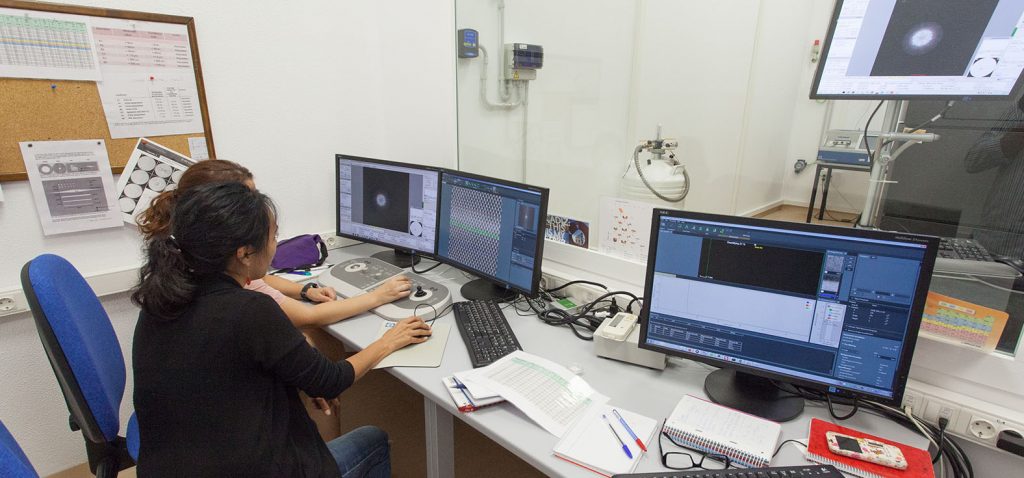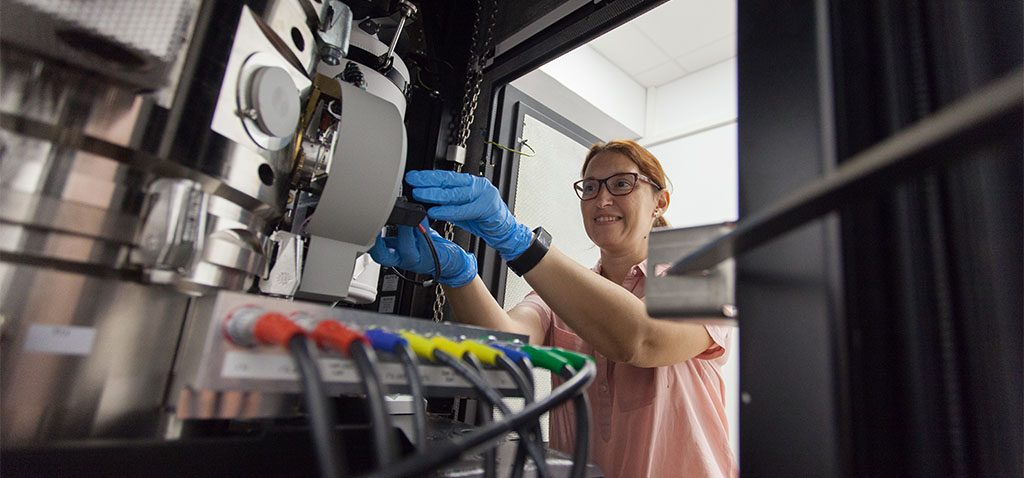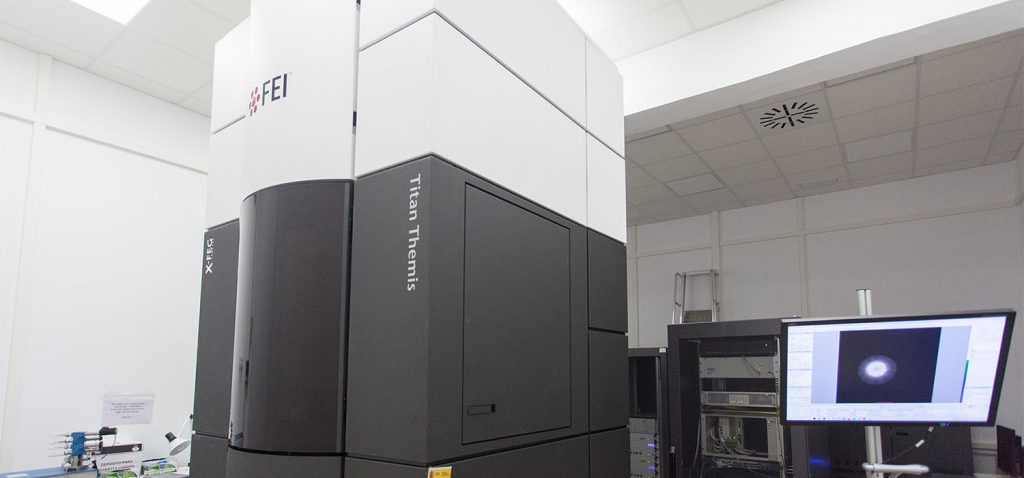The Division of Electronic Microscopy of UCA, included in the Map of Singular Scientific Infrastructures of Spain 20 December 2018
After a demanding evaluation process, UCA manages to join the network of excellence of Spanish scientific infrastructures, becoming the 3rd Andalusian university integrated in the ICTS
The Division of Electronic Microscopy of the Central Services of Scientific and Technological Research (SC-ICYT) of the University of Cádiz has been included in the new Map of Singular Scientific and Technological Infrastructures (ICTS) of the Ministry of Science, Innovation and Universities (MINCIU) ) of the Government of Spain. This important achievement, which places UCA within the network of Spanish scientific excellence infrastructures, is the result of rigorous work and strategic planning.
In 2015, the University of Cadiz took the first steps and developed a previous work that made possible, one year later, the presentation of the report that, after passing a first positive evaluation, had to be ratified later with the preparation and presentation of a strategic planning. It is this documentation and planning, made in coordination from the Vice-Rector for Research and the Central Services of Scientific and Technological Research of UCA, what is now supported by the Advisory Committee on Singular Infrastructures (CAIS) of the General Secretariat for Policy Coordination Scientist of the Ministry of Science, Innovation and Universities of the Government of Spain so that, in this way, the Division of Electron Microscopy of UCA is among the scientific infrastructures of reference in the country.
In this way, these state-of-the-art scientific and technological resources of the University of Cádiz become a new node within the ‘Integrated Infrastructure of Electron Microscopy of Materials’ (ELECMI), thus being the third Andalusian university to manage scientific and technological endowments of these characteristics. A powerful and unique infrastructure of UCA that appears, for its content and unique features in our country, as a benchmark for the entire R&D system of Spain, making it available to the scientific, technological and industrial community all its potential.
This inclusion represents an unprecedented leap for the University of Cádiz as, in addition to recognizing the enormous effort that has been made in recent years from this institution in scientific infrastructure, serves to open possible new funding through the FEDER funds destined to the Operational Plurirregional of Spain 2014-2020 for Singular Scientific and Technological Infrastructures.





